class: center, middle, inverse, title-slide # War, Technology & Innovation ## Agriculture ### Jack McDonald ### 2019-09-30 --- class: inverse # Pre-Lecture/Opening Discussion .question[How separate are the evolution and diffusion of technologies?] ??? Notes for the discussion Link to images? --- # Group Projects You should have received a link to OneNote - email me if you haven't Literature searches in perspective: - Literature search - Identifying key works from abstracts, citations, searches - Literature survey - Evaluating key works to identify contours of an academic debate, positions of key authors - Literature review - Identifying a research gap present in existing academic literature and key questions arising from this gap - Review article - Presenting a wide review of the current state of an academic field, or a key emerging issue - Systematic review - Reproduceable review of a body of literature producing evidence about the field, usually taking 1-2 years to complete ??? --- # Lecture Outline .pull-left[ Why Study Agriculture? - Either you eat, or you die - The origins of states - Technological systems - Much more important in war than now given credit ] .pull-right[ Lecture Outline - Technology in Human History (Theories That Explain Technological Change) - Agriculture, The State, and War - Dissonances: What Doesn't it Explain? ] ??? The idea behind this week's lecture is to examine large-scale technological change, while black-boxing innovation processes (those come next week). Basically, we're going to look at the longest-term processes of change, and our first stab at "revolutions". We will also look at some "deep" ways of analysing social and political change. Weekly Course Admin Notes go here --- class: inverse # Technology in Human History ??? --- # Key Concept: Systems .pull-left[ 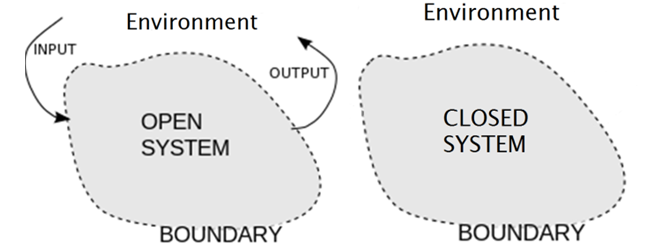 - Social and technological systems - Environment and open/closed systems - Modelling things (networks, graphs, flowcharts, etc) ] .pull-right[ > For such a model there is no need to ask the question "Is the model true?". If "truth" is to be the "whole truth" the answer must be "No". The only question of interest is "Is the model illuminating and useful?". George E.P. Box, _Robustness in the strategy of scientific model building_ ] ??? Box quote from https://doi.org/10.1016/B978-0-12-438150-6.50018-2 --- # Environmental Constraints 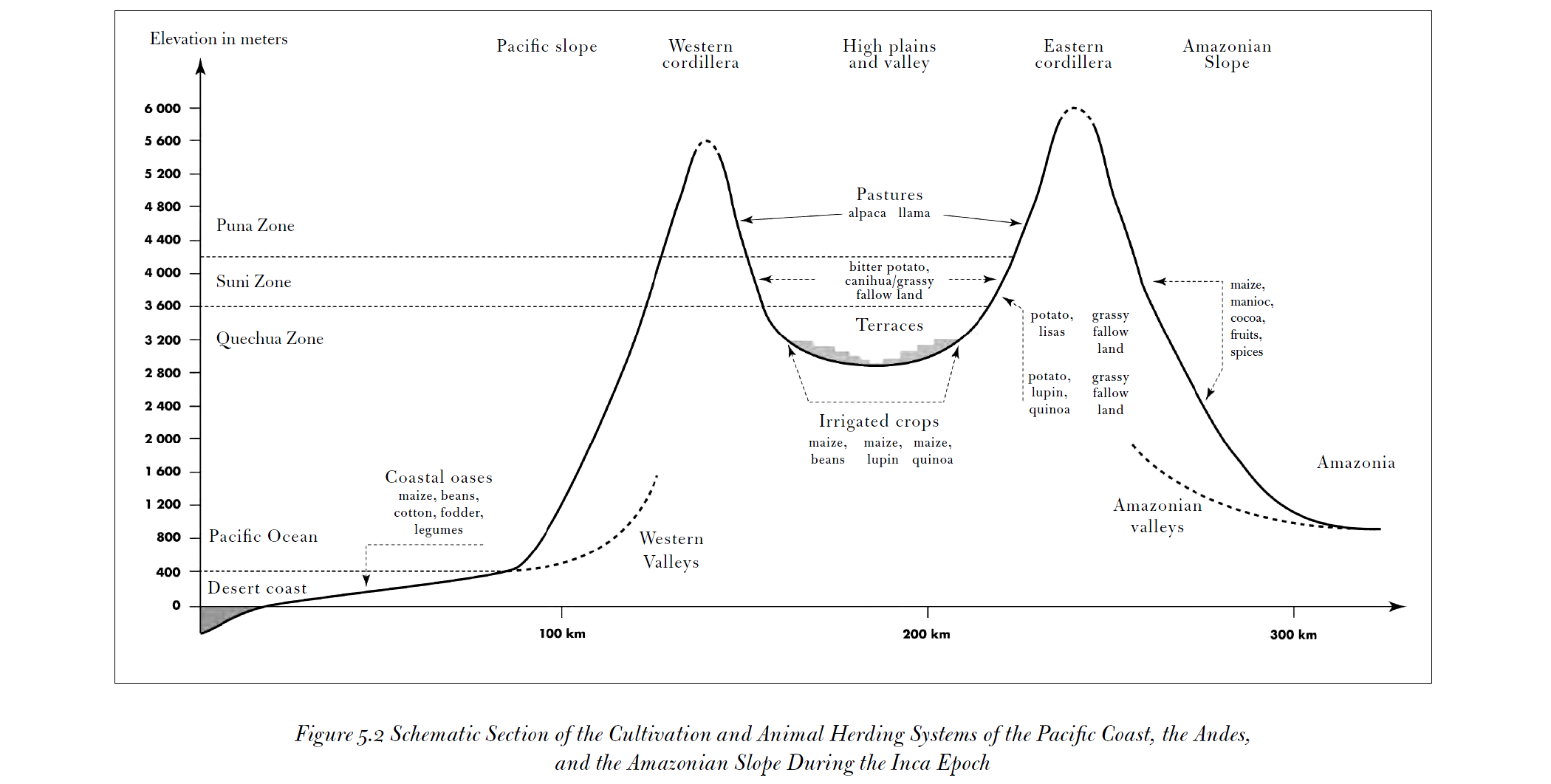 ??? Figure from Marcel Mazoyer & Laurence Roudart, _A History of World Agriculture_ --- # Key Concept: Social Complexity .medium[ > Complexity is generally understood to refer to such things as the size of a society, the number and distinctiveness of its parts, the variety of specialized social roles that it incorporates, the number of distinct social personalities present, and the variety of mechanisms for organizing these into a coherent, functioning whole. Joseph A. Tainter, _The Collapse of Complex Societies_ Inequality & heterogeneity "Nearly decomposable systems" - Herbert Simon Social complexity = 6000 years = 0.02% of human history. (Robert Carneiro) ] ??? Carneiro point from 1978 --- # Technological Evolution .medium[ > The concept of technological progress, which has shaped thinking about the nature and influence of technology since the Renaissance, is based on six assumptions. First, technological innovation invariably brings about a marked improvement in the artifact undergoing change; second, advancements in technology directly contribute to the betterment of our material, social, cultural, and spiritual lives, thereby accelerating the growth of civilization; third, the progress made in technology, and hence in civilization, can be unambiguously gauged by reference to speed, efficiency, power, or some other quantitative measure; fourth, the origins, direction, and influence of technological change are under complete human control; fifth, technology has conquered nature and forced it to serve human goals; and sixth, technology and civilization reached their highest forms in the Western industrialized nations. George Basalla, _The Evolution of Technology_ ] ??? Artifacts don't have genes, but they do have geneologies Teleology and Progress Myths Forces that shape evolution How can you measure change over time in technology? --- 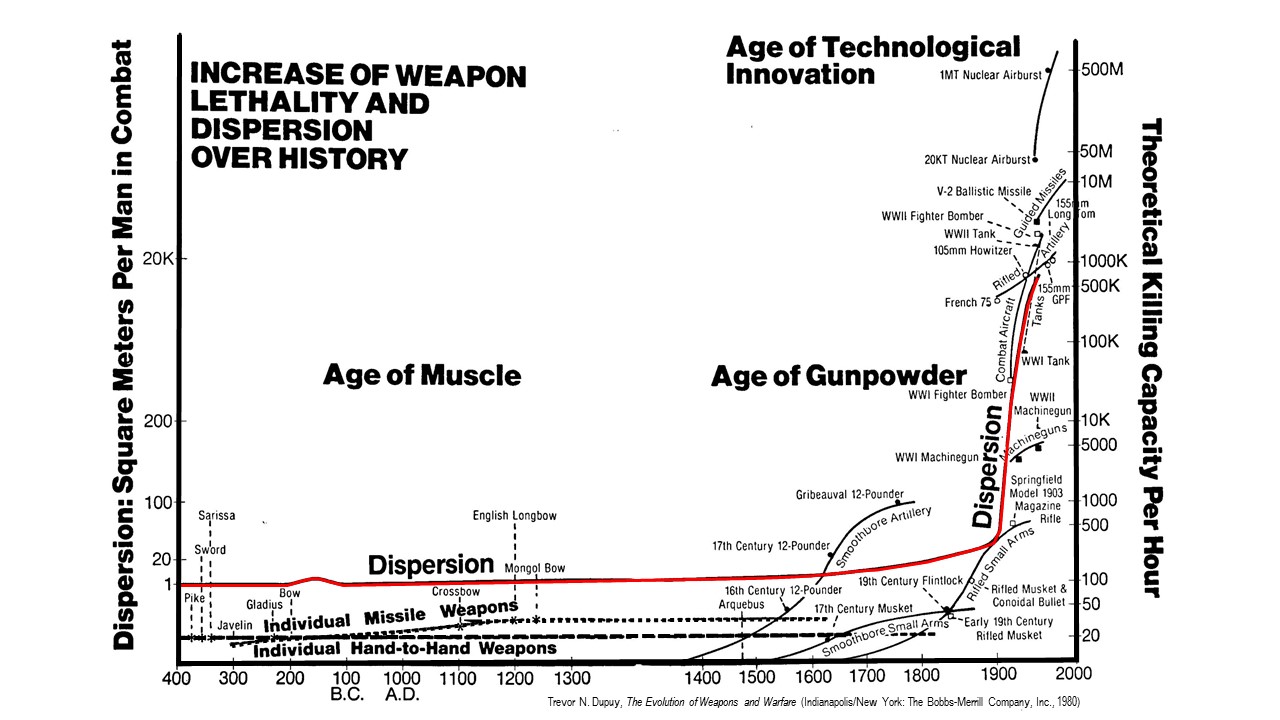 ??? --- # Technological Diffusion .left-column[ 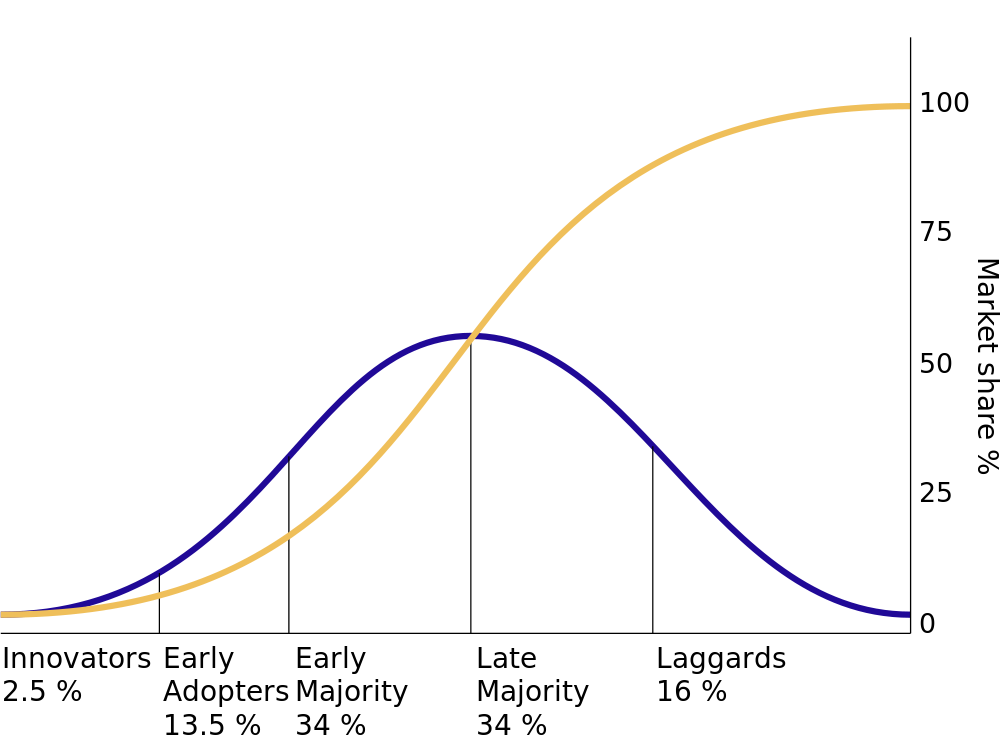 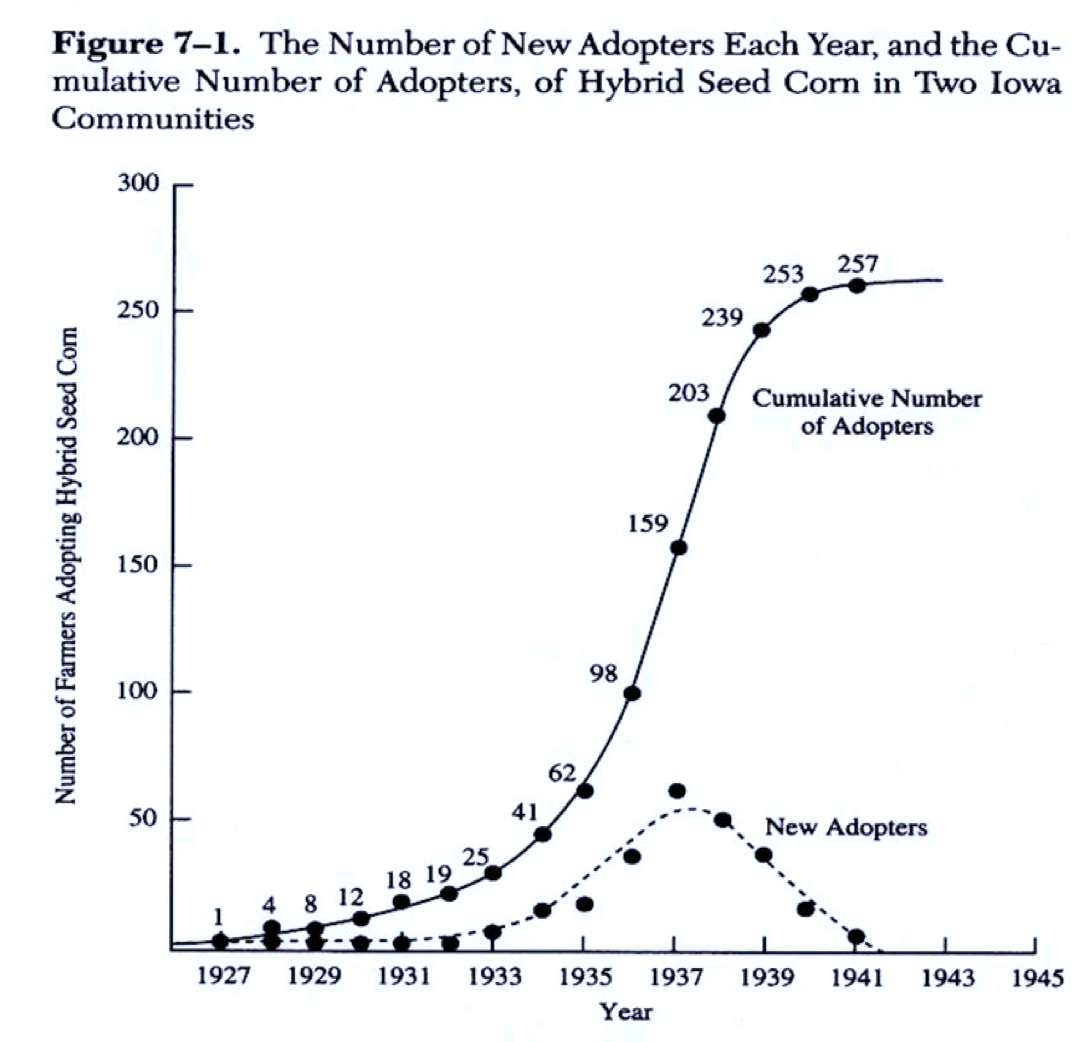 ] .right-column[ > _Diffusion_ is the process in which an innovation is communicated through certain channels over time among the members of a social system. It is a special type of communication, in that the messages are concerned with new ideas. Everett M. Rogers, _The Diffusion of Innovations_ - Communications channels and social organisation - Innovations as static things - what about competition/markets? - How do innovations fall into abeyance? ] ??? --- # Technological Diversity and Heterogeneity .left-column[ 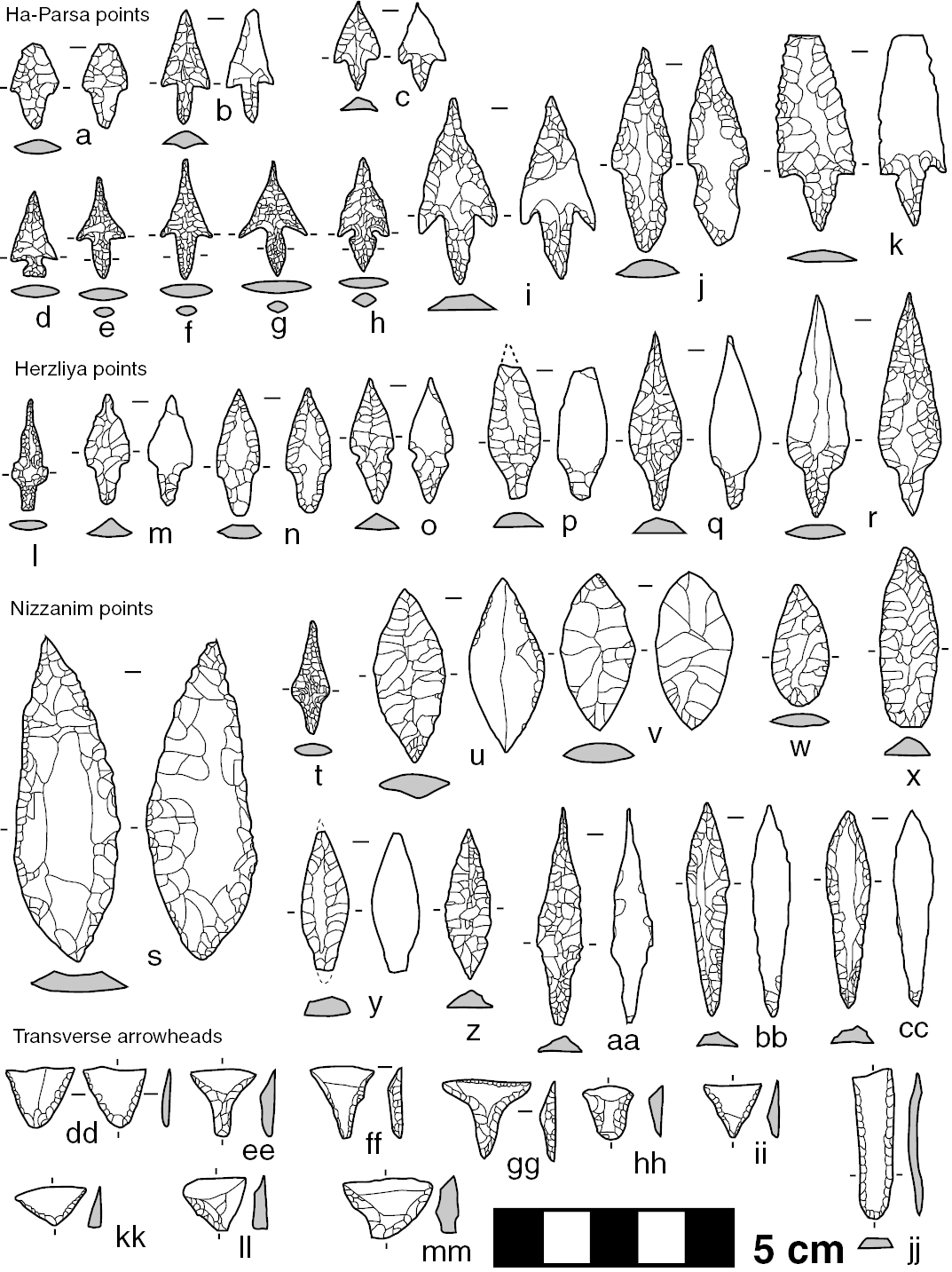 ] .right-column[ > The history of technology is not a record of artifacts fashioned in order to ensure our survival. Instead, it is a testimony to the fertility of the contriving mind and to the multitudinous ways the peoples of the earth have chosen to live. Seen in this light, artifactual diversity is one of the highest expressions of human existence. George Basalla, _The Evolution of Technology_ - Calories are Calories - Material culture - Describing artifacts and practice in semiotic terms or "objective" utility ] ??? Basalla quote p.208 --- class: inverse # Agriculture, The State, and War ??? --- # The History of Agriculture: A Sketch .pull-left[ Some key events: .medium[ - 1.4 x `\(10^{10}\)` years ago: The Big Bang - 4.5 x `\(10^{9}\)` years ago: Earth forms - 3.5 x `\(10^{9}\)` years ago: Life begins - 5.5 x `\(10^{7}\)` years ago: First apes - 1.8 x `\(10^{6}\)` years ago: Homo erectus - 1.9 x `\(10^{5}\)` years ago: Homo sapiens - 1.2 x `\(10^{4}\)` years ago: Early agriculture - 8.0 x `\(10^{3}\)` years ago: Permanent towns - 5.2 x `\(10^{3}\)` years ago: Writing, then States - 3.0 x `\(10^{2}\)` years ago: Second Agricultural Revolution - 6.0 x `\(10^{1}\)` years ago: The Green Revolution ] ] .pull-right[ 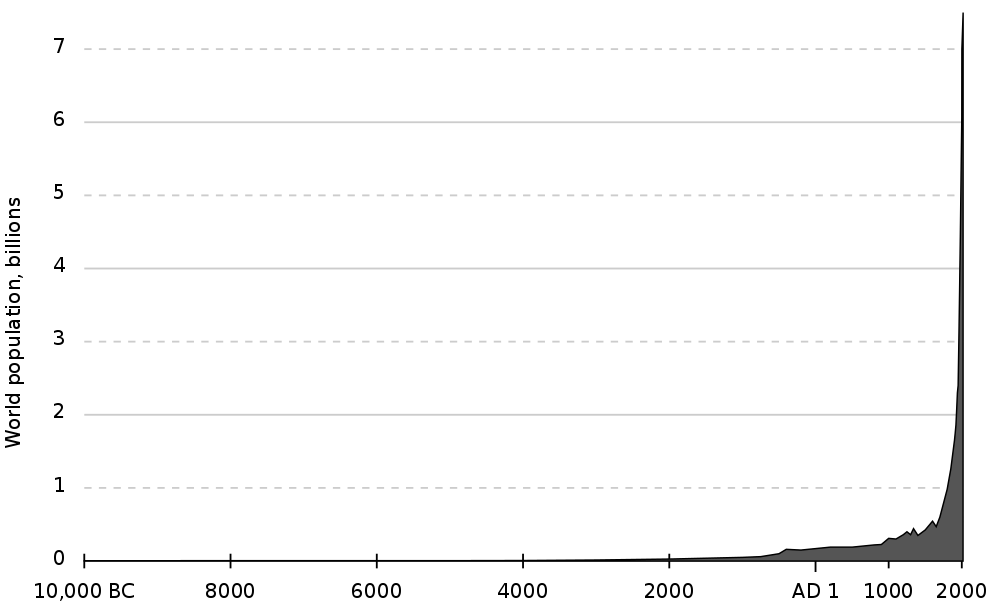 Scale matters! ] ??? Mesolithic and Neolithic Environment (Holocene) How do you construct a timeline of human tool use? - Early Agriculture - Agriculture and States - Innovation and Diffusion in Agriculture - The Second Agricultural Revolution - The Green Revolution Malthusianism ??? --- # Agriculture: Innovation and Diffusion .left-column[ .medium[ - Hey, you can map innovation diffusion over time! - Can't find origins of many technologies - Be wary of determinism & normative assumptions ] ] .right-column[ 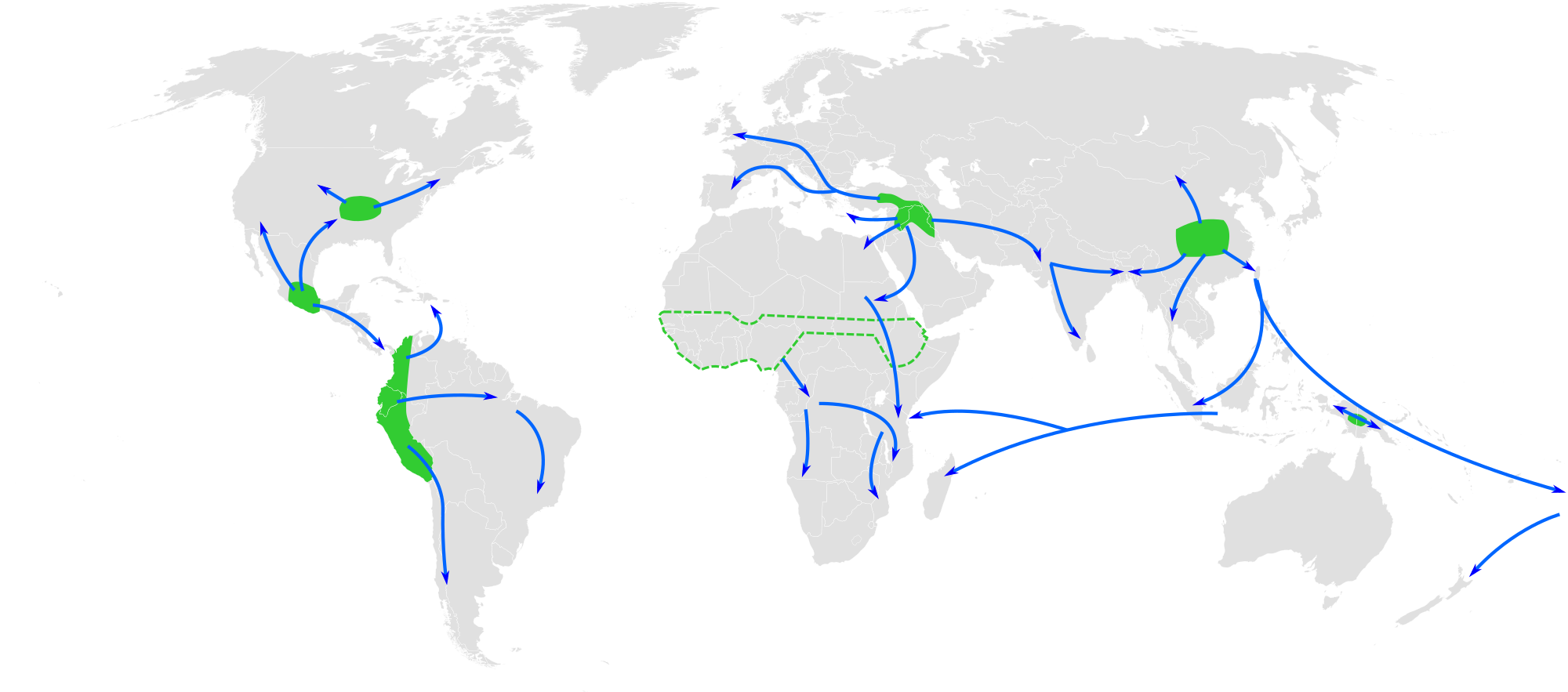 ] ??? Map of the world showing approximate centres of origin of agriculture and its spread in prehistory: eastern USA (4000-3000 BP), Central Mexico (5000-4000 BP), Northern South America (5000-4000 BP), sub-Saharan Africa (5000-4000 BP, exact location unknown), the Fertile Crescent (11000 BP), the Yangtze and Yellow River basins (9000 BP) and the New Guinea Highlands (9000-6000 BP). A proposed centre of origin in Amazonia (Lathrap 1977) is not shown. --- # The Neolithic "Revolution" .pull-left[ .small[ > Our dumb relics and monuments can never reveal the names of prehistoric chieftains, the dreams of seers or the issues of individual battles. But they can be made to disclose the economic organization of a people and a period. We can determine how a given group got its food, how far labour was specialized, what part commerce played in the community's life, what geological, botanical and chemical knowledge the hunters, farmers, and craftsmen were applying in their several pursuits... We see material culture as an adaptation to an environment, to use a biological term. V. Gordon Childe, _Presidential Address for 1935_ ] ] .pull-right[ 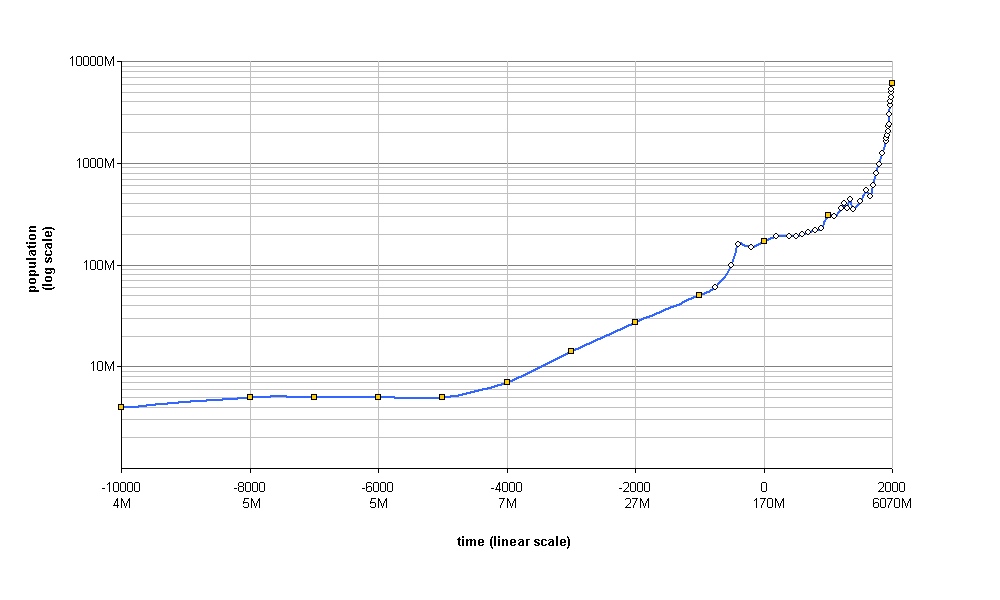 - What makes a revolution? - What's measured? (Period or package of material culture) - Coexistence of sedentary farming, nomads/pastoral, hunter-gatherers ] ??? Full quote: Our dumb relics and monuments can never reveal the names of prehistoric chieftains, the dreams of seers or the issues of individual battles. But they can be made to disclose the economic organization of a people and a period. We can determine how a given group got its food, how far labour was specialized, what part commerce played in the community's life, what geological, botanical and chemical knowledge the hunters, farmers, and craftsmen were applying in their several pursuits. That is what is disclosed when we study a culture, not as a dead group of fossils or curios but as a living, functioning organism. Tools and cultivation plots, vessels and hut-foundations reveal the equipment used by the community in the daily business of securing food and shelter; the techniques of their manufacture and cultivation reveal the science, the collective experience that the group is applying to those ends. We see material culture as an adaptation to an environment, to use a biological term. --- class: inverse # Discussion question .question[How might agricultural production shape the conduct of war?] ??? --- # Agriculture and States .left-column[ 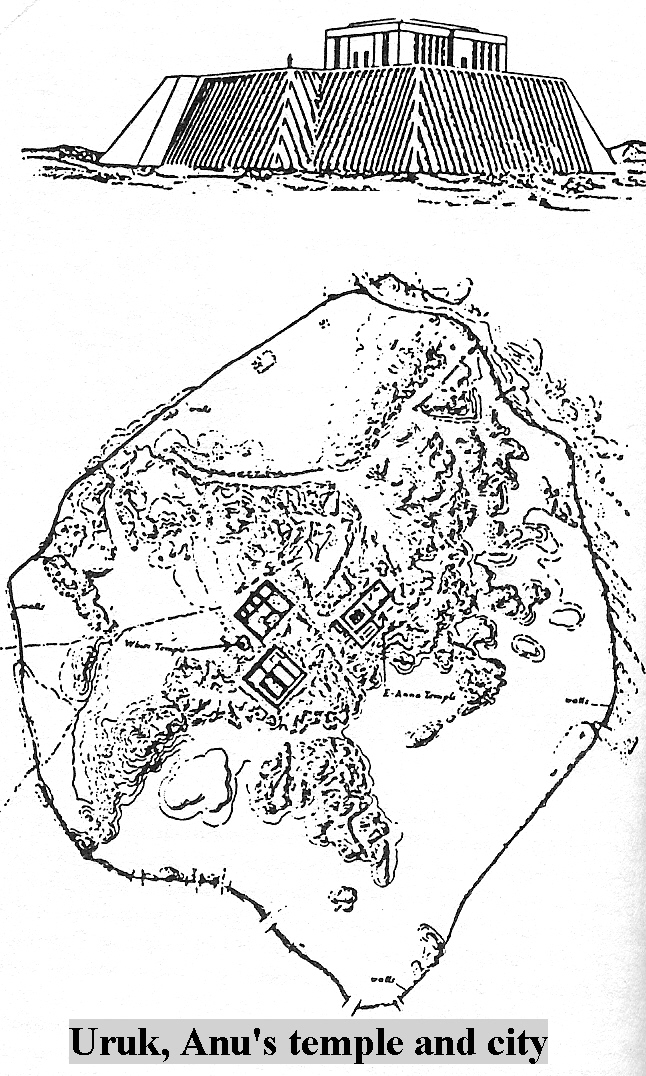 .small[ - Early states - Raiders versus Farmers? - Civilisational Collapse ] ] .right-column[ .medium[ > State agents have no interest - nor should they - in describing an entire social reality, and more than the scientific forester has an interest in describing the ecology of a forest in detail. Their abstractions and simplifications are disciplined by a small number of objectives, and untill the nineteenth century the most prominent of these were typically taxation, political control, and conscription. James C. Scott, _Seeing Like a State_ Agricultural systems - Slash-and-Burn (Forests) - Hydraulic Agrarian systems (Irrigation) - Animal-drawn cultivation (Plow/ard) - Fallow fields ] ] ??? Scott quote p.22-23 --- # Observation 1: Armies are Locust Swarms .pull-left[  ] .pull-right[ .small[ > In 1692, in Belgium, Luxembourg could not move forward to Enghien, as he wished to do, but he had to remain for three weeks at Soignes, because his wagon pool was not sufficient for the transport of foodstuffs from Mons, where his depot was. It is hardly 18 miles from Mons to Enghien and 9 miles to Soignies. Hans Delbrück, _The Dawn of Modern Warfare_ - Food availability is a fundamental limit on warfare - Reading maps of army paths - they could easily "eat out countryside" making pursuit impossible - Large armies require complex networks of food to sustain themer - Contemporary warfare is weird in terms of food availability ] ] ??? Delbrück quote from p.301 --- # Observation 2: Sieges Were the Predominant Form of warfare .pull-left[ 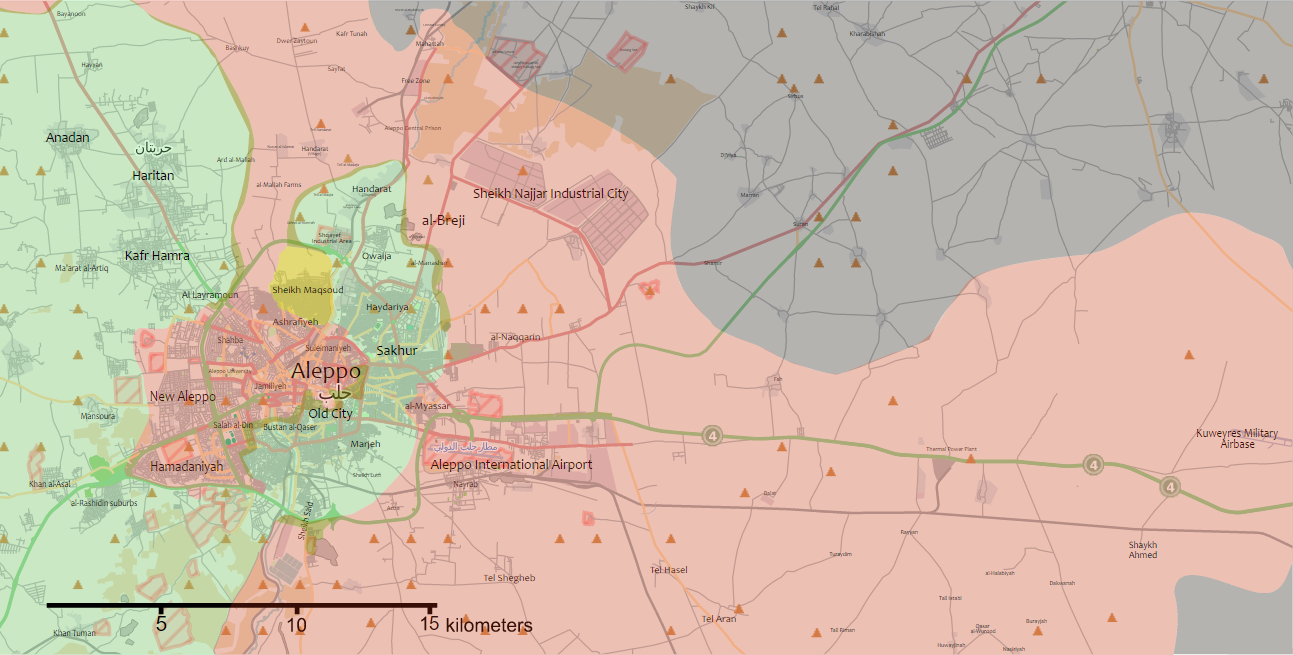 ] .pull-right[ - We think of war in terms of battles, most of the time sieges were more important - Starvation is a key element of warfare that we don't usually think about - Modern sieges are very weird due to humanitarian aid etc ] ??? --- # Observation 3: Chevauchees, Scorched Earth and Feedfights Are War - Laying waste to agricultural production was a key method of triggering a battles - Also, destroying food supplies were a good way of driving opposition off - Scorched earth is a very sensible way to deal with approaching armies (even if it's now totally illegal) - Economic warfare is war. - We can detect "high/low" boundaries in warfare by looking at cattle raiding - Control of food supplies/punitive cattle raids a key element of COIN (Malaya) ??? --- # The Second Agricultural Revolution .pull-left[ .medium[ - Key case study, part reason for hockey stick graph - Four-field crop rotation, enclosure, mechanisation, selective-breeding - Dependence of industrious revolutions on agriculture shifts - Note non-technical factors - law shaping property rights (enclosure of commons) > Sir, This is to acquaint you that if your threshing machines are not destroyed by you directly we shall commence our labours. Signed on behalf of the whole... Swing. ] ] .pull-right[ .picblock[ 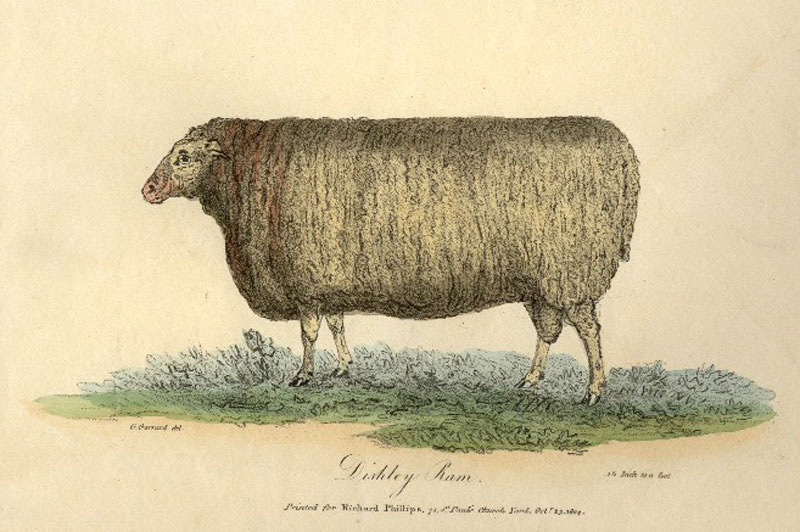 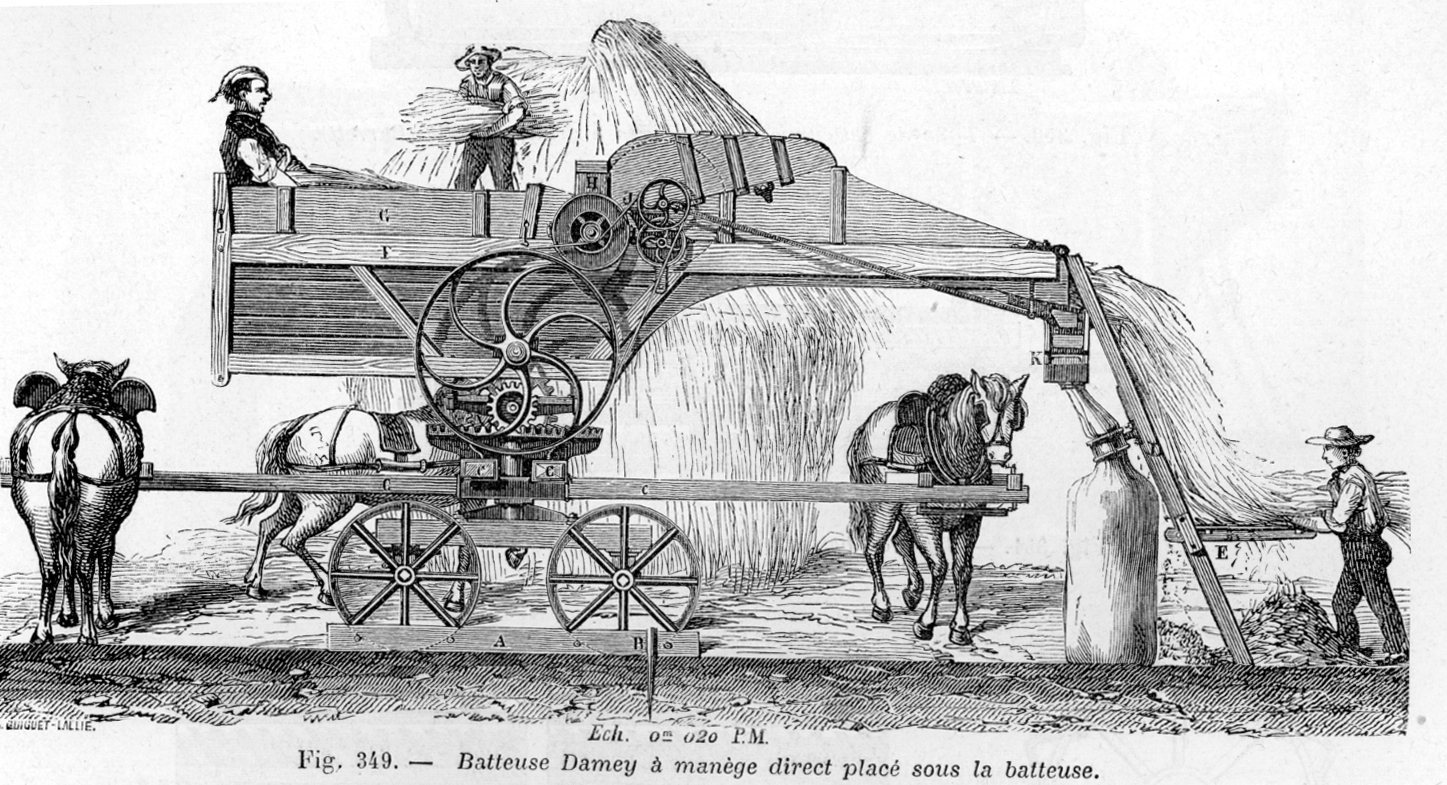 ] ] ??? --- # Observation 4: Intensification Means More People Can Carry Weapons  .medium[ - One big impact of the S.A.R. was that large armies were more sustainable (surfeit labour) - Feeding big armies had knock on effects for logistics ] ??? Shift from Subsistance Agriculture --- # The Green Revolution > With the continuing fall in agricultural prices, the peasants who have not been able to invest and achieve gains in productivity have clearly fallen below the threshold of renewal. In other words, their monetary income has become inadequate to renew their tools and inputs, buy consumer goods they have not produced themselves (such as sheet metal for their roof, salt, cloth, shoes, kerosene, medicines, pencils, paper) and, if need be, pay taxes, all at the same time. Marcel Mazoyer & Laurence Roudart, _A History of World Agriculture_ ??? Quote from p.457 --- # The Green Revolution 2 .pull-left[ 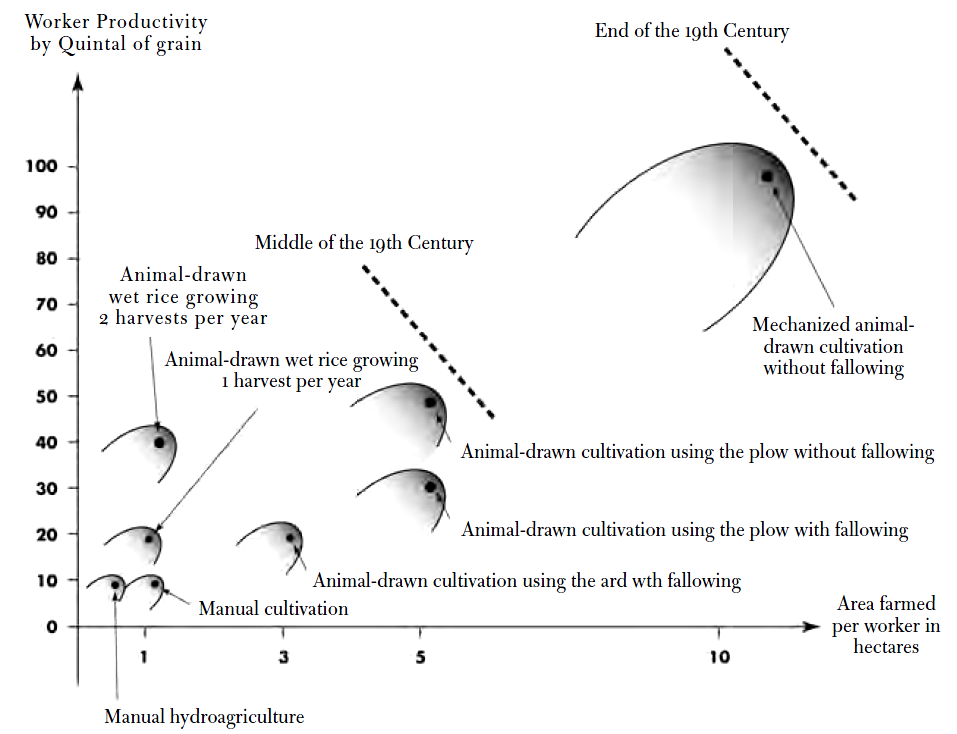 ] -- .pull-right[ 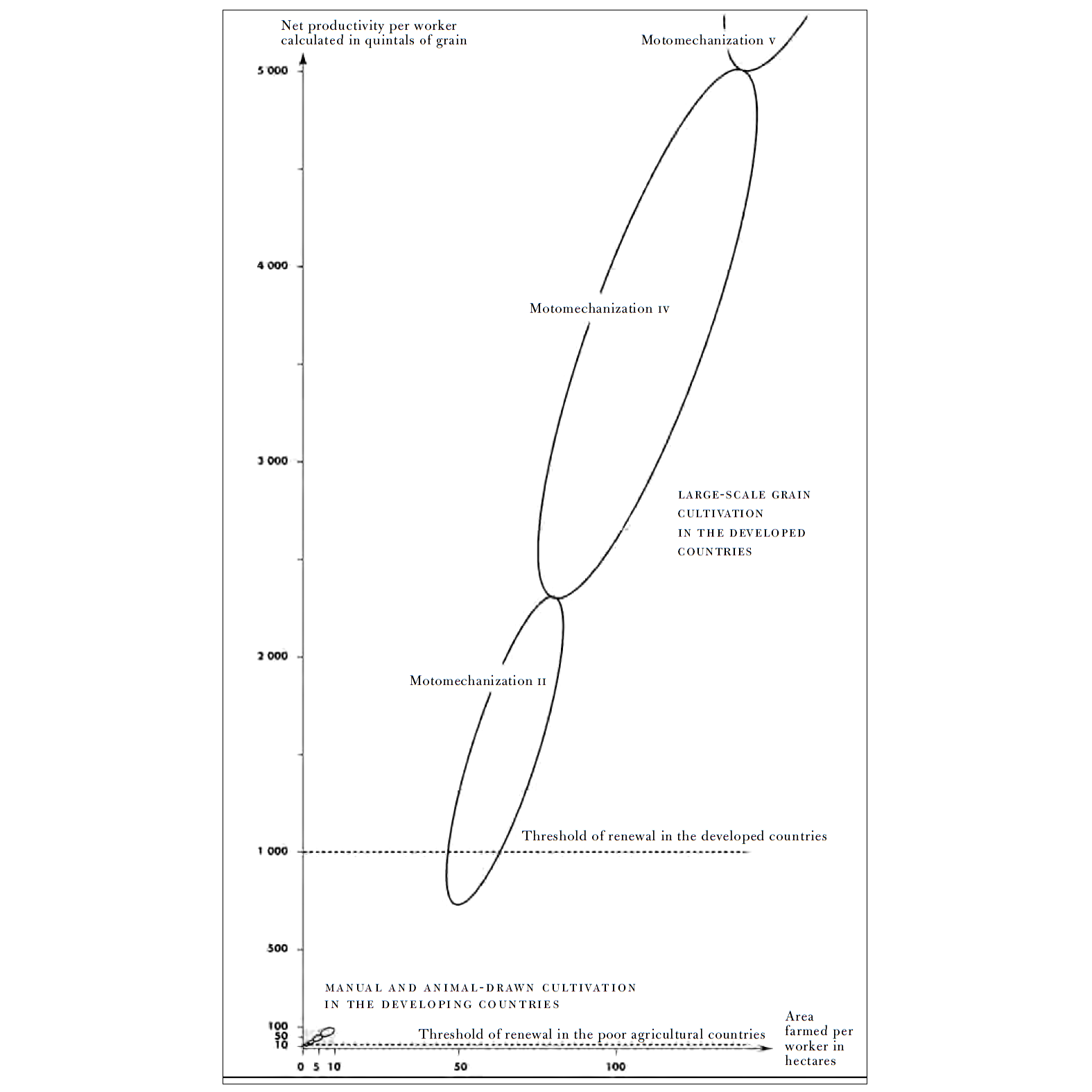 ] ??? Figures from Marcel Mazoyer & Laurence Roudart, _A History of World Agriculture_ - Where we are at now (nitrogen etc) - Endemic population fears - Resource scarcity as a cause for war - Economic interdependence and globalised food networks Others? --- class: inverse # Small Group Discussion .question[ What aspects of war/warfare does a focus upon agriculture fail to explain? ] ??? - Significant Variance in Warfare within frames (subsistence, SAR, Green rev) - Circulations of agricultural goods such as pepper/spice for cultural/economic reasons - Lessening explanatory power for social systems as they integrate --- # Conclusions .pull-left[ - Thinking big is good, but there are significant limits to explanatory power at case-level - What lies beneath consideration often enframes the questions we ask about war/warfare - What happens if abundance fails? (climate change) ] .pull-right[ Interesting ways of thinking about war/warfare - Cultivars and cattle are the original "resource conflict" - Any contemporary conflict can be examined through the lens of agricultural production - Humanity is now an urban species (>50% living in urban areas) - Nomads no longer threaten states, but they can cause conflicts (Sudan) ] ??? --- # Last Thoughts: Is Agriculture a Good Thing? .pull-left[ 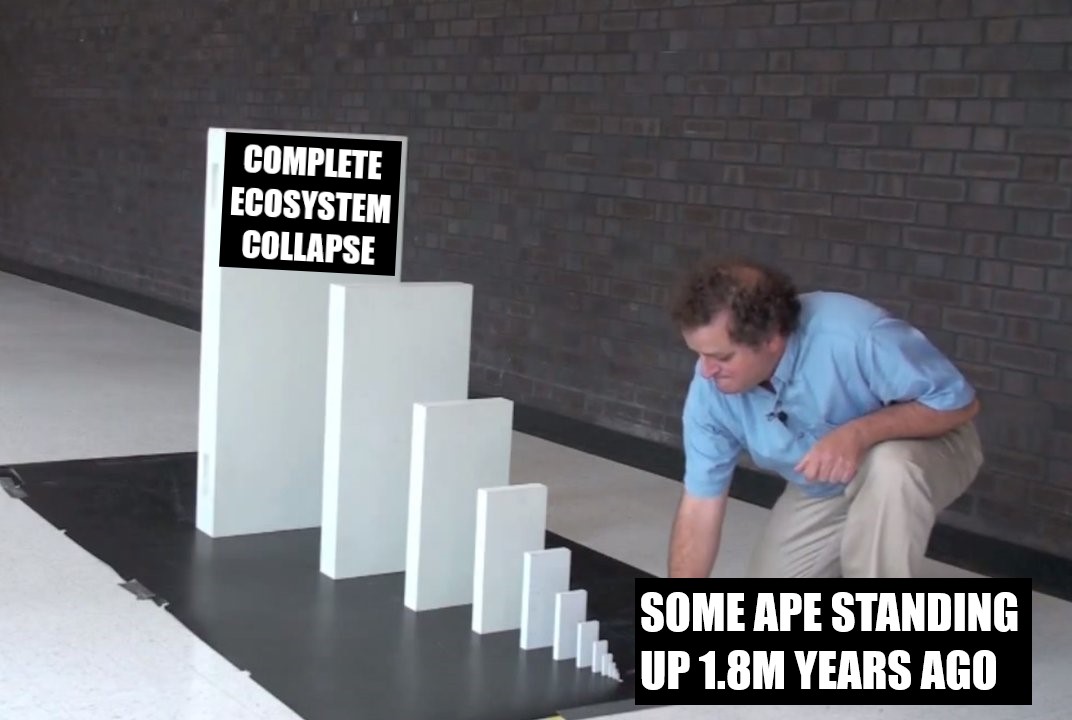 ] .pull-right[ .medium[ > The Industrial Revolution and its consequences have been a disaster for the human race. Ted Kaczynski, _The Unabomber Manifesto_ > Once Homo Sapiens took that fateful step into agriculture, our species entered an austere monastery whose taskmaster consists mostly of the demanding genetic clockwork of a few plants and, in Mesopotamia particularly, wheat or barley. James C. Scott, _Against the Grain_ ] ]